watches
Why Are Rolex Watches So Expensive?
Rolex watches have epitomized luxury and prestige for over a century. Ranging from a few thousand dollars to six figures for rare vintage editions, Rolex watches command prices far beyond those of most other brands. But what factors contribute to their hefty price tags?
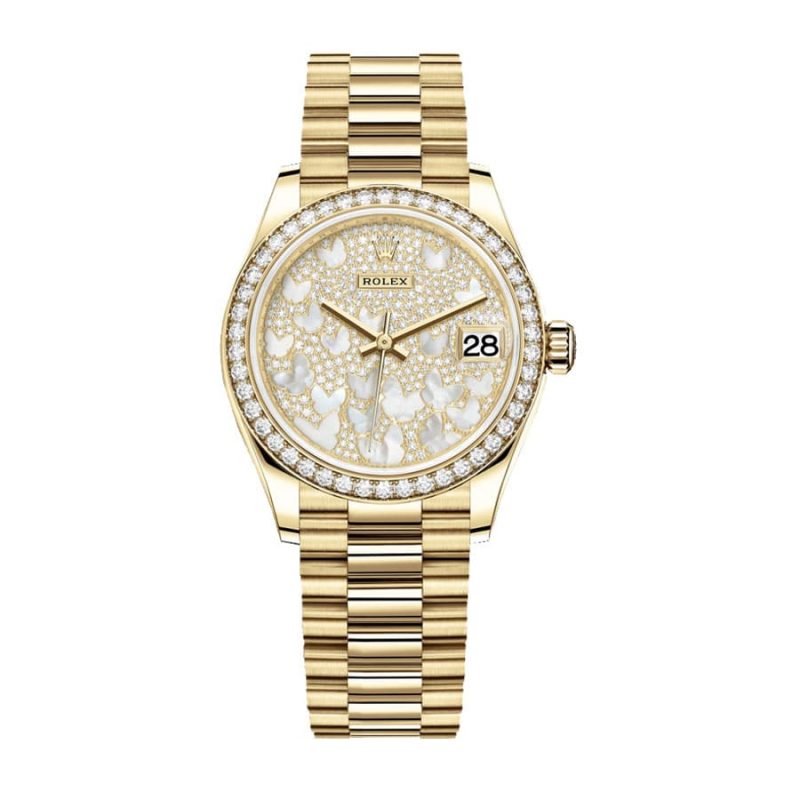
We’ll delve into the reasons behind Rolex’s premium pricing. From the exceptional craftsmanship inherent in each watch to the prestige associated with ownership, it’s evident why replica Rolex watches have transcended mere accessories to become investments and cherished family heirlooms passed down through generations. We’ll also explore specific factors within the secondary market that drive up prices for pre-owned Rolexes, such as high demand and limited availability.
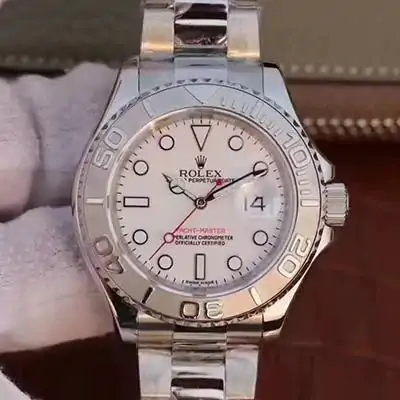
By the end, you’ll gain insight into the genuine value proposition of owning a Rolex. The allure extends beyond mere timekeeping or making a fashion statement. As the brand’s slogan suggests, a Rolex represents “an achievement in itself” – a culmination of cutting-edge innovation and meticulous attention to detail that results in some of the finest watches ever crafted.
Is a Rolex Watch Truly Expensive?
Determining whether a Rolex watch qualifies as “expensive” is subjective, influenced by individual financial circumstances and perspectives on luxury goods. However, given Rolex’s position as a premier brand in the watch industry, most of its models come with substantial price tags.
For instance, as of 2024, a brand-new stainless-steel fake Rolex Submariner – among the brand’s most sought-after sports models – retails for approximately $9,000. Solid gold variants command significantly higher prices, ranging from $40,000 to over $100,000. Even at the lower end of Rolex’s pricing spectrum, around $5,000, these watches far surpass the costs of watches from non-luxury brands.
To wealthier consumers accustomed to high-end luxuries, Rolex watches may seem reasonable or even entry-level within the realm of luxury watches. It’s worth noting that brands like Patek Philippe offer watches priced at $50,000 and above with ease. Thus, whether a Rolex qualifies as truly expensive remains subjective, varying from one individual to another.
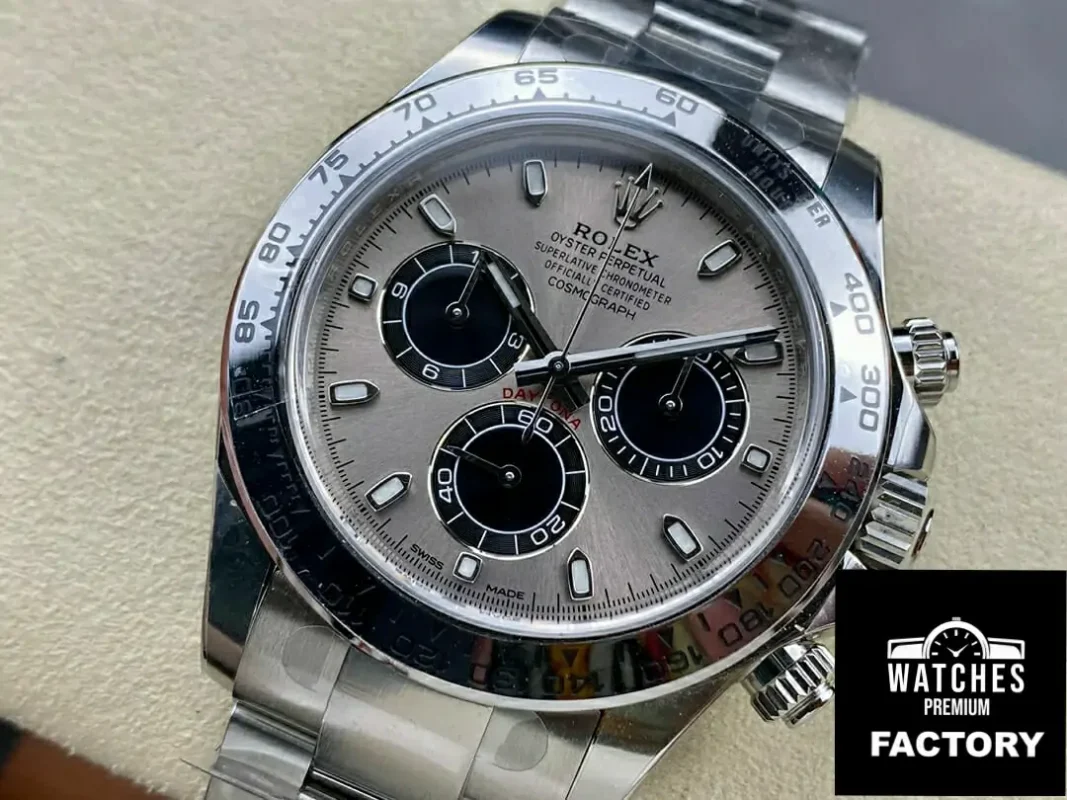
Understanding Rolex Watch Pricing
Rolex offers a wide range of watches with prices varying based on specific models and materials used. Generally, most brand-new Rolexes sold at retail fall within the following price brackets:
Stainless Steel Models: $5,000 – $10,000
Popular examples include the Submariner, GMT-Master II, Sea-Dweller, Datejust, and Daytona in steel. Entry-level models start at around $5,000, while in-demand steel sports models can reach up to $10,000, often accompanied by lengthy waitlists.
Two-Tone Models: $7,000 – $15,000
Rolex watches crafted from stainless steel and gold range from approximately $7,000 for a Datejust with a fluted bezel to around $15,000 for high-end two-tone sports models like the Submariner or GMT Master II.
Solid 18K Gold Models: $18,000 – $50,000
Examples include solid 18k gold versions of the Submariner, Day-Date, Yacht-Master, or GMT Master, priced from the high teens to the mid-$30,000 range for the gold watch head alone. Models adorned with gemstones and diamonds can exceed $50,000.
Platinum Models: $25,000 – $100,000+
Rolex’s platinum models, rarer and denser than gold, command higher prices, ranging from around $25,000 to six figures for diamond-encrusted Day-Date models.
These price ranges encompass most of Rolex’s core modern production watches, with exceptions always existing. Ultimately, Rolex offers finely crafted watches made from the most prestigious materials, reflecting their price points accordingly.
Factors Influencing Rolex’s Premium Pricing
A Rolex watch transcends mere timekeeping to provide a comprehensive experience rooted in over a century of horological heritage. Each Rolex embodies state-of-the-art innovation coupled with traditional Swiss watchmaking techniques. The brand spares no expense in continuously refining every component, resulting in unparalleled performance and precision.
Moreover, the use of top-tier materials significantly contributes to Rolex’s pricing. Replica Rolex employs 904L stainless steel, surpassing industrial standards, and polishes it to a lustrous sheen that maintains its beauty for decades. Gold alloys, tailored to Rolex’s specifications, further enhance the watches’ allure. Even minutiae such as sapphire crystals and premium leather straps impact pricing.
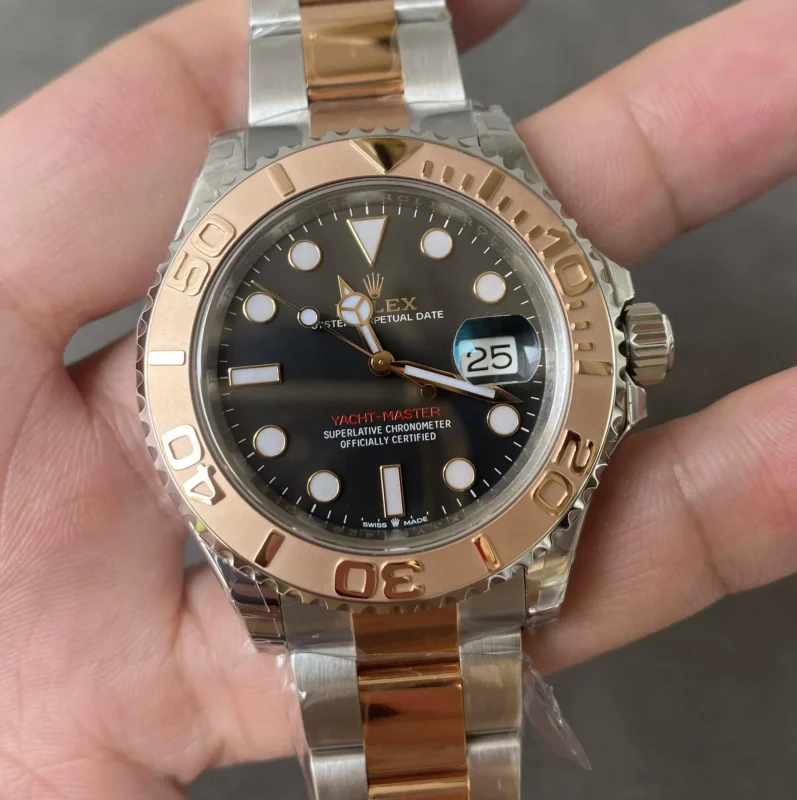
Integral to Rolex’s pricing structure is its vertically integrated production process. From foundry to factory, Rolex internally develops all essential watch components at its state-of-the-art facilities. This approach ensures ultimate quality control while mitigating supply chain dependencies. Manufacturing processes demand extreme precision, with machining, molding, and tooling equipment meeting stringent tolerances measured to thousandths of a millimeter. Such exacting standards naturally drive up costs.
Additionally, assembling each movement and watch head involves meticulous fine-tuning by expert technicians and master watchmakers dedicated to perfection. The hands-on process, ensuring flawless performance across even the minutest details, is labor-intensive and time-consuming. However, for Rolex, compromising on accuracy and reliability is non-negotiable.
This relentless pursuit of excellence permeates every aspect of a copy Rolex watch, both internally and externally. Buyers investing thousands expect watches that endure for generations, with each component functioning flawlessly for decades to come. In essence, the adage “you get what you pay for” aptly applies to owning a Rolex.
Exceeding Standards: Rolex’s Commitment to Excellence
Rolex relentlessly upholds the highest possible standards across its watches, from research and development to manufacturing and quality testing. This obsessive attention to detail extends to the materials sourced, components produced, and processes employed at the company’s vertically integrated production facilities.
For instance, Rolex meticulously crafts its gold alloys to ensure uniform quality and durability. The precise blend of silver and copper imparts Rolex gold with its characteristic luster and strength. Machining Rolex’s gold cases requires specialized equipment to carve and shape the metal slowly, resulting in distinctive watches engineered for decades of wear.
The incorporation of paramagnetic blue Parachrom hairsprings within each mechanical movement exemplifies Rolex’s commitment to innovation. Engineers spent years perfecting the hairspring’s dimensions and enhancing it with a patented coating to enhance stability and shock resistance, thereby improving timekeeping accuracy. Rolex’s exclusive use of such advanced technologies further solidifies its reputation for upholding the highest watchmaking standards.
Even Rolex’s wristwatch bracelets and straps undergo rigorous testing, with solid end links and meticulously finished surfaces ensuring both comfort and durability. From specialized oil lubrication to flawless case and band polishing, Rolex maintains unwavering standards across all components, resulting in unmatched quality and performance.
What Does Owning a Rolex Entail?
When you acquire a Rolex, you receive more than a timekeeping device; you obtain a testament to groundbreaking innovation and timeless craftsmanship. Rolex’s pioneering achievements revolutionize watchmaking technology while preserving traditional techniques honed over a century.
This unique fusion offers owners both cutting-edge capabilities and trademark Rolex craftsmanship. For instance, the intricate self-winding mechanisms ensure chronometric accuracy certified by an independent Swiss agency, while watchmakers painstakingly hand-assemble and fine-tune each movement to perfection. This harmonious blend of mechanical precision and human artistry results in watches renowned for their accuracy and longevity.
Furthermore, Rolex’s unwavering commitment to quality extends to every component, ensuring enduring aesthetics and comfort. Each surface and material is crafted to maintain its original appearance and withstand daily wear for decades. Similar to a fine automobile’s blend of engineering excellence and aesthetic appeal, a Rolex seamlessly combines technical innovation with timeless elegance.
Ultimately, owning a replica Rolex bestows heritage and status upon its wearer. The iconic crown logo instantly signifies a watch of distinction, connecting the wearer to a legacy of pioneering achievements. For over a century, Rolex watches have accompanied explorers to Mount Everest, descended to ocean depths, and raced alongside winning drivers, cementing their status as symbols of achievement.
Why Pre-Owned Rolex Watches Command Premium Prices
Pre-owned Rolex watches often fetch prices exceeding those of brand-new models, attributable to several key factors:
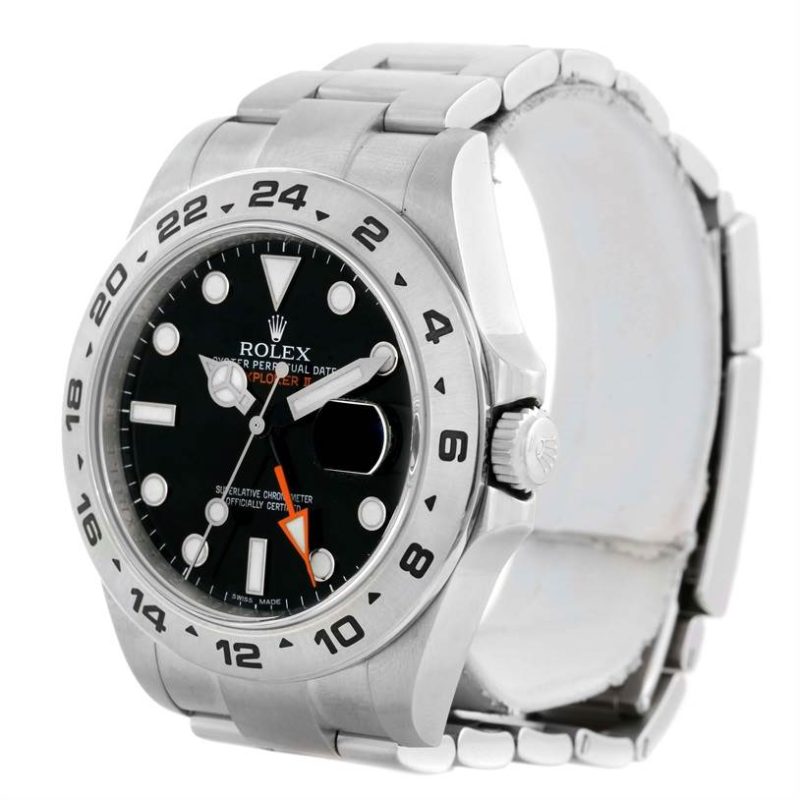
Vintage Rolex Watches: Vintage Rolexes from the 1950s-1970s frequently sell for significant premiums due to their scarcity and collectability.
Rare & Discontinued Models: Discontinued and rare variant Rolex watches command substantial premiums owing to their limited availability.
Availability: Tight supply and lengthy waitlists for sought-after models lead buyers to pay resale markups.
Desirability: Certain fake Rolex watches attain cult status, commanding hefty premiums from collectors.
In the following sections, we’ll explore the interplay of economic and psychological factors driving pre-owned Rolex pricing.
The Allure of Vintage Rolex Watches
Vintage Rolex watches, manufactured approximately 30-40 years ago or earlier, often fetch prices far exceeding their original costs. The most coveted vintage Rolexes hail from the 1950s, 1960s, and early 1970s – considered the brand’s golden era. Sport models such as the Submariner, GMT-Master, and Cosmograph Daytona, renowned for their historical significance and rugged tool watch designs, dominate this category.
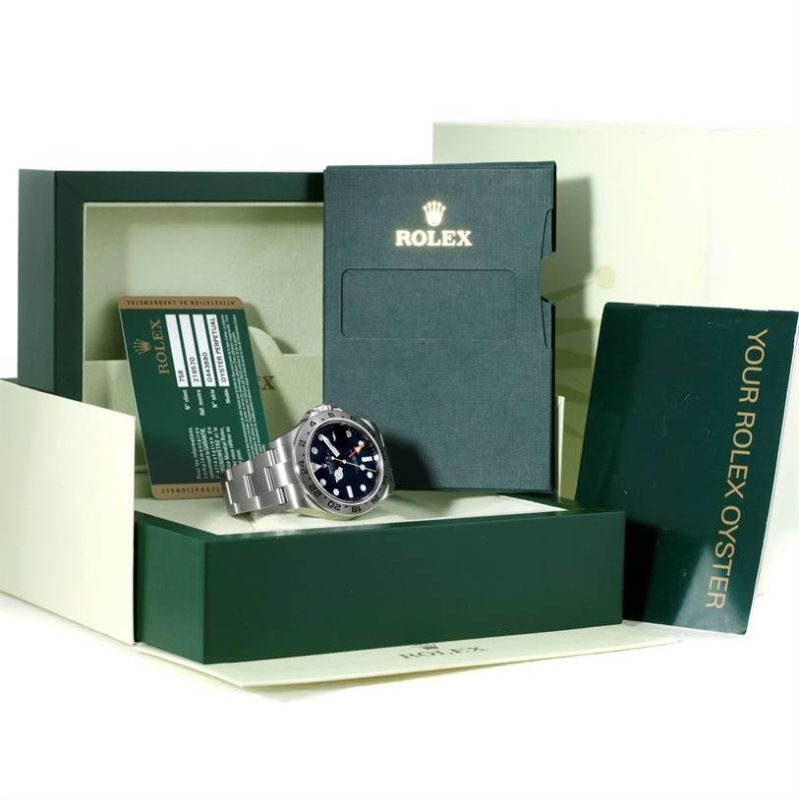
These vintage Rolexes typically feature stainless steel cases and manual-wind mechanical movements, though late 1960s/early 1970s references may incorporate self-winding movements. Characterized by matte black dials and faded bezel inserts, these watches exude vintage charm. Collectors prize originality, with models retaining all original parts commanding significant premiums. Early references, particularly those from the 1950s and 1960s, fetch the highest prices, though even later vintage models are witnessing rising resale values.
Certain clone Rolex sports models achieve cult status within the watch-collecting community, commanding substantial premiums irrespective of availability. The stainless-steel Rolex Daytona, retailing for around $15,000 when new, frequently trades hands for $30,000 or more on the pre-owned market due to its exclusivity and prestige. Vintage references like the Submariner ref. 5512 and GMT-Master ref. 1675 enjoy similar desirability, with their iconic designs and historical significance driving up prices.
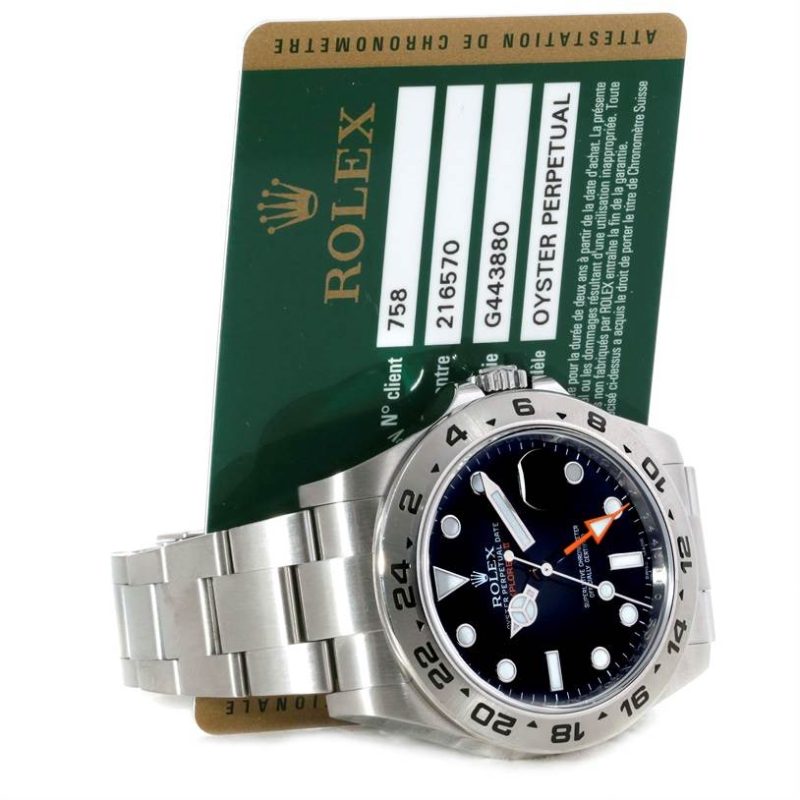
In the realm of watch collecting, early Rolex sports models hold celebrity status as ultimate grail pieces. The allure of owning the reference that started it all outweighs any financial considerations for enthusiasts, with ever-appreciating prices further bolstering their legendary reputation.
The Intrinsic Value of Rolex Watches
While some may question Rolex’s high prices, evaluating these watches solely based on cost overlooks their true value. Owning a Rolex represents a blend of history, heritage, and mechanical excellence – intangibles unmatched by any other luxury watch brand.
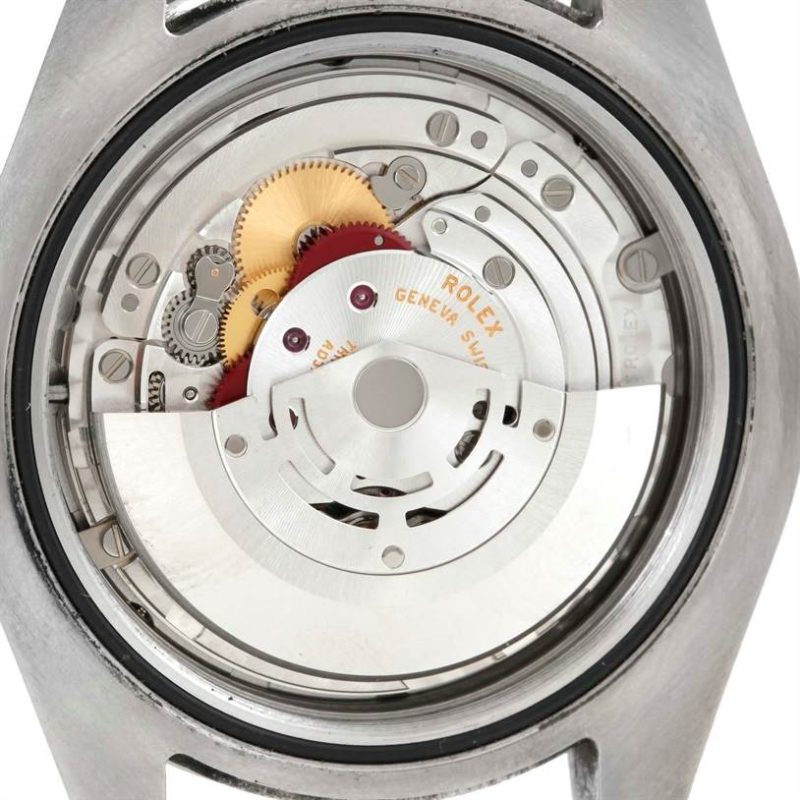
Over a lifetime of use, imitation Rolex watches offer unparalleled quality, accuracy, and durability, making them sensible investments compared to disposable consumer goods. Heirloom models often fetch prices at auction exceeding their original costs, enduring for decades and even generations. Rolex’s commitment to excellence, evidenced by meticulous craftsmanship and stringent quality control, justifies its premium pricing.

